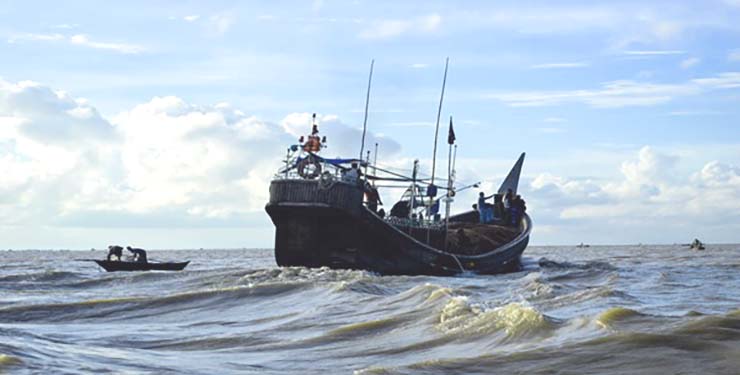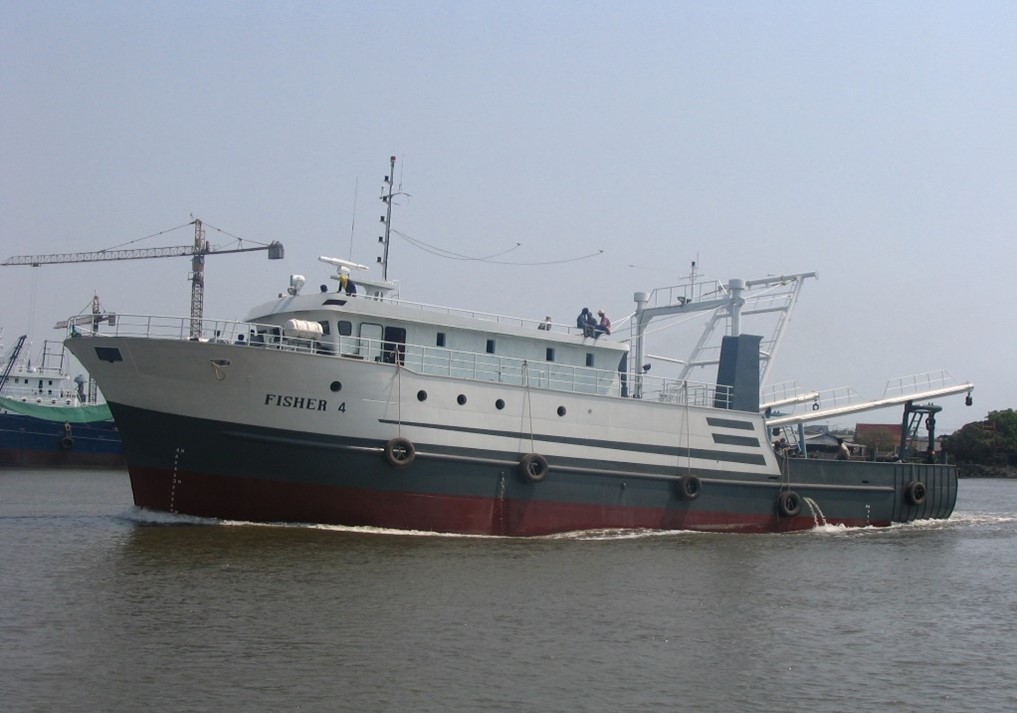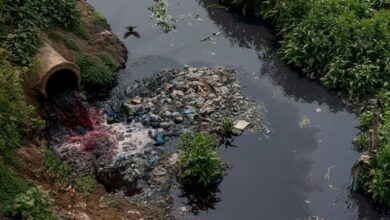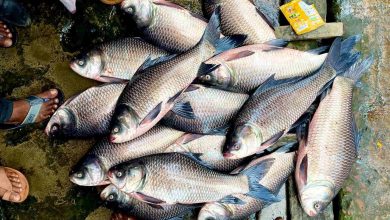
There has been a steady decline in marine fish stocks and diversity in Bangladesh. The problem is exacerbated by widespread industrial trawler usage inside authorized fishing zones, a lack of knowledge among fishermen, and inappropriate application of the Marine Fisheries Act.
Within Bangladesh’s Bay of Bengal, there are 121,110 square kilometers (46,760 square miles) of exclusive economic zones, or EEZs, which is home to more than 740 different kinds of aquatic life. A multitude of different marine animals are found here in addition to the 12 species of crabs, 33 species of sea cucumbers, five kinds of lobsters, and 36 varieties of shrimp.
Around 15% of Bangladesh’s total fish production comes from the marine sector, which meets the high protein needs of the population.
Notwithstanding the implementation of several rules and restrictions, Bangladesh has experienced a decrease in marine fish variety and populations throughout time. A study suggests that 475 marine fish species were present in Bangladesh in 1971, but that number dropped to 394 in 2021.
In 2019, the Department of Fisheries (DoF) published another report following a three-year survey (2016-2019). According to the data, since 2000, the overall amount of marine shrimp caught has decreased by almost 10,000 tons.
A total of 52,592 tonnes of marine shrimp were caught in 2009-10. In 2019-20, the number of tonnes dropped to 42,816.
According to the study, tiger and brown shrimps, two of the highest-value shrimp species, declined slowly but steadily over time. In contrast, after exhibiting a declining tendency for a number of years, white shrimp harvests had a strong surge in 2013. After then, it fell once again.
The number of fish species has declined significantly along with shrimp. Pomfret, a highly-valued fish, has also been declining alarmingly. A total of 50,245 tonnes of Pomfret were caught in 2009-10. DoF reports that ten years later, it had fallen to 10,023 tonnes, a drop of nearly fivefold.
The most overfished species seems to be the Indian salmon, referred to as Lakkha locally. In 10 years, its catch has dropped by 44 fold from 7,733 tonnes in 2009-10 to just 177 tonnes in 2019-20.

There are many causes of the significant decline, including juvenile catches, overexploitation, obstructions to migration routes, and pollution.
The Fisheries Department Annual Report 2020–21 states that about 231 of the 262 industrial fishing trawlers were in operation during the fiscal year 2020–21. Furthermore, 67,669 traditional fishing boats were engaged in the Bay of Bengal, including mechanized and artisanal boats. Aside from bottom fishing trawlers, there are also mid-water and prawn trawlers.
According to law, artisanal fishing is permitted up to 40 meters below the surface, whereas industrial trawlers are restricted to 40–200 meters (130–660 feet). Purse seiners and longliners are allowed to operate as far as 200 meters beyond national jurisdiction as well as the end of the EEZ. Additionally, the use of set bag nets (behundi jal), push nets (shrimp fry collection nets), and other harmful gear are prohibited when fishing in coastal regions.
The fishermen, however, merely adhere to these regulations due to soft monitoring and law enforcement. In some cases, boats use banned gear to catch fish, while in others, they fish in protected areas to maximize their harvest. Furthermore, there is no vessel monitoring system to follow the activities of each boat properly. Furthermore, fishermen give false information regarding their catch to the authorities. It is difficult to determine whether a boat is overfishing since there is no reliable means to do so.
In addition, fishermen discard by-catch from their harvests, and their nets are not equipped with excluding devices. These activities result in a lot of fish going to waste.
According to experts, the increase in Hilsa and small fish catches contributed to the overall increase in marine fish production. However, the overall situation is very concerning.
The detrimental effects of intensive fishing have already begun to manifest. There is a substantial alteration in the ecosystem structure in coastal areas which may or may not be reversible in a reasonable amount of time. In some cases, this intense overfishing might result in replacing larger, slower-growing, and reproducing species with small, fast-growing and reproducing species such as sardines and scads.
So taking urgent action is necessary to stop overfishing before it is too late. Monitoring the activities of fishing vessels should be provided by proper monitoring systems. Priority should be given to educating fishermen and enforcing laws.
Jaber Bin Abdul Bari
Department of Oceanography, NSTU




